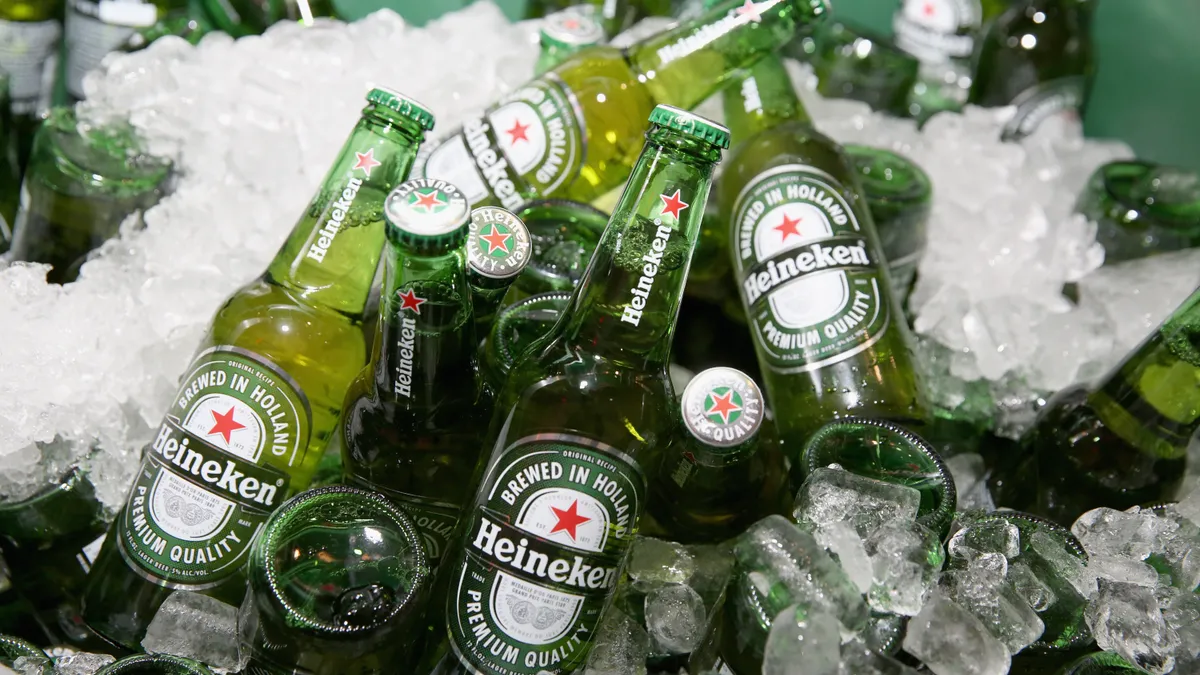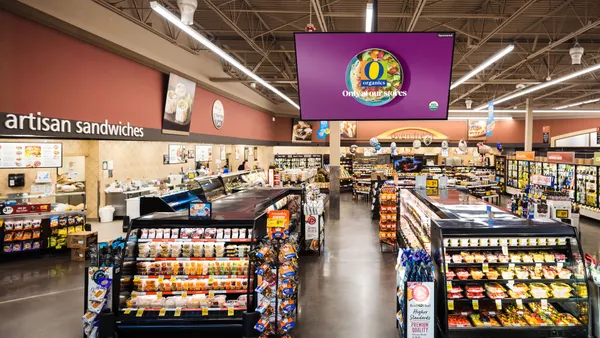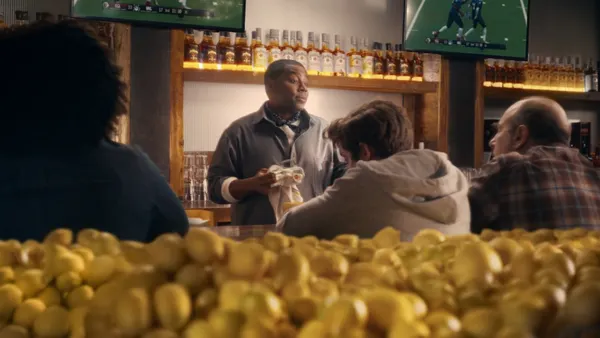Dive Brief:
- Heineken applied attention-based measurement for the first time in a globally tested campaign and achieved better-than-expected results, per news shared with Marketing Dive.
- The beer brand’s Rock in Rio 2022 sponsorship was deployed with agency Dentsu and programmatic ad-tech platform Teads, which used Lumen´s Research LAMP program and a metric called APM to track success. The technology is based on a predictive attention methodology that’s based on knowledge of consumer behavior in digital environments.
- Heineken’s APM was five times higher than Lumen’s digital benchmarks while its view rate was two times higher. The marketer also received the highest level of brand recall among Rock in Rio sponsors, according to a news release.
Dive Insight:
Heineken hitting the highest recall among Rock in Rio sponsors and outperforming Lumen’s benchmarks on view rate and APM indicates its campaign for the annual music gathering was a success. The effort utilized “disruptive” display formats and social placements highlighting giveaway promotions before and during the event and used data to target three sets of festival goers: Gen Zers, alternative music fans and vintage enthusiasts.
The APM metric, or average attention per 1,000 impressions measured in seconds, is part of the emerging attention-based methodologies that solutions providers like Teads are championing. The attention economy has become a marketing buzzword as holding people’s interest for even a few seconds proves challenging in a busy digital world. Attention-based forms of measurement have subsequently gained industry traction as brands try to assess not just whether a person saw an ad, but also if they engaged with the media on a deeper level. For example, someone served a spot on YouTube or connected TV might check their phone until the video ends, meaning the marketer reached a degree of viewability without actually producing a high-value interaction.
Discussing the Rock in Rio results, Heineken representatives said the brand prioritized an attention-based approach to see a “more qualified vision of impact.”
“In an environment where people dedicate less than 10 minutes of their attention each day to advertising, we need to find other ways to evaluate engagement,” said Fernanda Saboya, director of consumer connections at Heineken Brazil, in a statement. “By surpassing expectations, results show we are on the right path to creating more assertive campaigns that capture attention in a much more effective way.”
Agency partner Dentsu has also attempted to push past a square focus on viewability, believing the metric alone is insufficient for gauging effectiveness based on complex factors like an ad’s format size, length and page position.
The search for richer forms of digital measurement comes as mainstay tactics experience disruption. Third-party cookies, one of the most popular ways of keeping tabs on consumers online, are set to be phased out in 2024. Mobile platforms like iOS are also implementing privacy changes that make targeting and measuring campaigns more difficult.
Update: This story has been updated to include additional details about the media and audience strategy behind the Heineken campaign that were provided by Teads representatives after publication.











